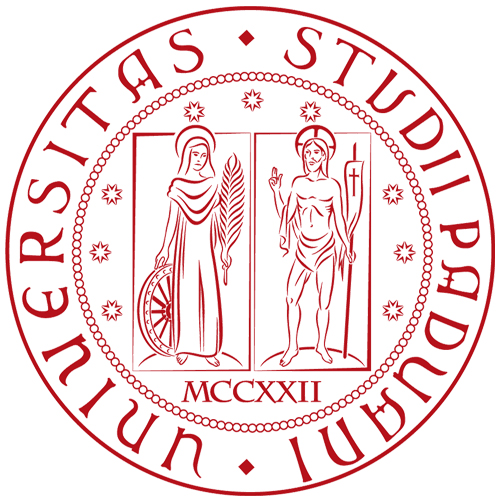The text accompanies the dedication of a statue to the deified queen Arsinoe Philadelphos, here associated with a local nymph, by an Alexandrian citizen. The statue was probably erected near the temple of Aphrodite Paphia, NW of the acropolis of Chytroi, and in the surroundings of a spring. The connection with water is a common feature of the cult of Arsinoe in Cyprus. The choice of marble, unavailable on the island, and the high quality of the inscription suggest that the donor was a member of the Ptolemaic elite.
Permanent ID
http://s.phrc.it/phrc009Images:
Photo 1: photo of the stone, from Palma di Cesnola 1903, Vol. III, Pl. cxlvi, 5
Photo 2: photo of the stone, from the
Metropolitan Museum online 





